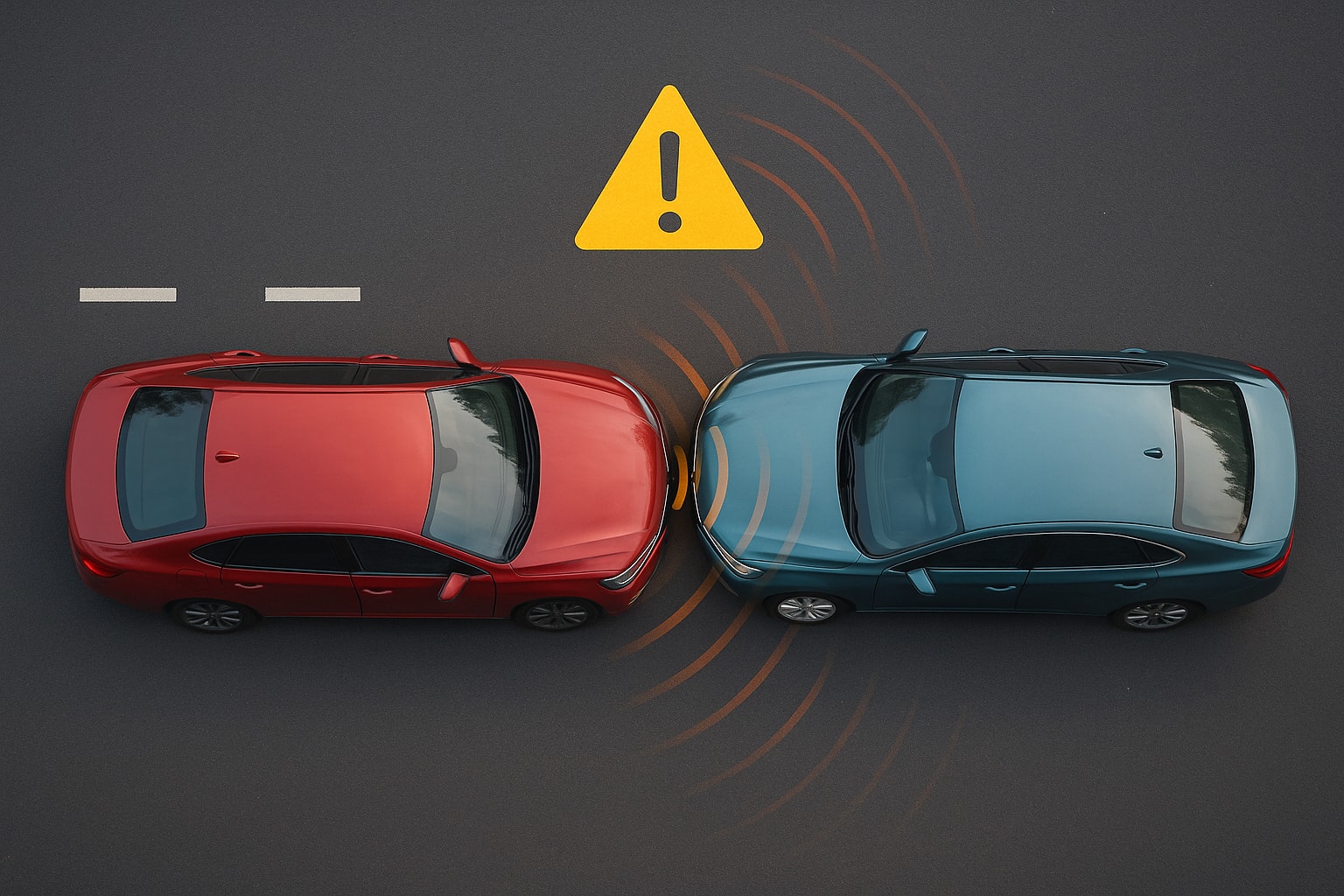Nexar Crash Prediction Challenge Winners Revealed: Pioneering AI for Safer Roads

The Nexar Crash Prediction Challenge attracted remarkable global participation, with 282 team participants and 1,625 submissions.
Preventing various types of traffic accidents—vehicle collisions, vehicle-pedestrian incidents, and single-vehicle loss of control—saves lives and protects assets. With the rise of autonomous driving and Advanced Driver Assistance Systems (ADAS), we are witnessing a new era of driving safety powered by real-time data and artificial intelligence.
At Nexar, we are committed to pushing the boundaries of road safety. Our Nexar Crash Prediction Challenge was designed to advance research in traffic event analysis, collision prediction, and autonomous vehicle safety. By leveraging real-world dashcam footage, this competition challenged participants to develop cutting-edge machine learning models capable of anticipating accidents before they occur.
The Challenge at a Glance
The Nexar Crash Prediction Challenge attracted remarkable global participation, with 282 team participants and 1,625 total submissions. These impressive numbers highlight the widespread interest in advancing AI-driven road safety and the highly competitive nature of the challenge.
Participants in the challenge included AI researchers, data scientists, and developers from around the world. They were provided with a unique dataset of 1,500 annotated dashcam video clips. Each video, approximately 40 seconds long, captured a diverse range of real-world traffic scenarios. These videos capture collisions, near-collisions, and normal driving situations. Both collisions and near-collisions were considered positive examples, as in both cases, preventive actions are critical to avoiding hazardous situations. Positive examples were labelled with temporal annotations marking the time of collision or near-collision and the alert time (the earliest moment when action should be taken to prevent the accident).
Participants were tasked with developing models capable of predicting the likelihood of an imminent collision based on the video footage. The competition’s evaluation method relied on Average Precision (AP) scores, calculated at three critical time intervals: 500ms, 1000ms, and 1500ms before a potential collision. This approach emphasized the importance of early and reliable predictions.
And the Winners are…
After rigorous evaluation, we are thrilled to announce the winners of the Nexar Crash Prediction Challenge:
1st Place: Paul Endresen, CEO/CTO at 3LC (Three Lines of Code)
2nd Place:
- Wang Zhiyao (王致尧), student at School of Artificial Intelligence and Automation, Huazhong University of Science and Technology, China;
- Yu Yuchen (于雨辰), student at the School of Information and Software Engineering, University of Electronic Science and Technology of China, China.
3rd Place: Max Zwager, Data Scientist, independent.
Honorable mention: Tianhao Zhao, Yiyang Zou, Zihao Mao, Yutian Lin, Yu Wu, and Bo Du, students at the School of Computer Science, Wuhan University, China.
The winners will be honored during two workshops at CVPR 2025 in Nashville this June: the DriveX Workshop, where our very own Chief Scientist, Trevor Darrel, will give a talk, and the Autonomous Driving Workshop. These innovative approaches will also be showcased, providing them with a global platform to share their achievements. The first-place team will also receive a trip to our Porto, Portugal, office, where they will present their work to our AI and R&D teams and leadership.
A Global Effort for Safer Mobility
We extend our heartfelt congratulations to the winners and express our gratitude to all participants who dedicated their time and expertise to this challenge. Your innovative solutions and relentless pursuit of excellence have brought us one step closer to making roads safer for everyone.
The videos used in this competition are part of a much larger dataset—tens of millions of real-world driving videos including inertial, GNSS, and audio signals—that Nexar makes commercially available to OEMs, Tier 1 suppliers, and autonomous vehicle companies. Our extended dataset also includes highly rare events such as collisions with vulnerable road users (VRU) such as cyclists, pedestrians, and bikers, collisions with road furniture, and other non-compliance behaviours such as rolling stops, running red light, and more. These datasets train, test, and validate perception models in complex urban scenarios.
As we continue to explore the intersection of AI and road safety, we invite you to stay connected, stay inspired, and push the boundaries of what’s possible, transforming roads and mobility into an infinite data resource. Nexar is uniquely positioned to turn the physical world into digital intelligence.
If you’re interested in accessing Nexar’s data platform, please reach out—we’d love to hear from you.

